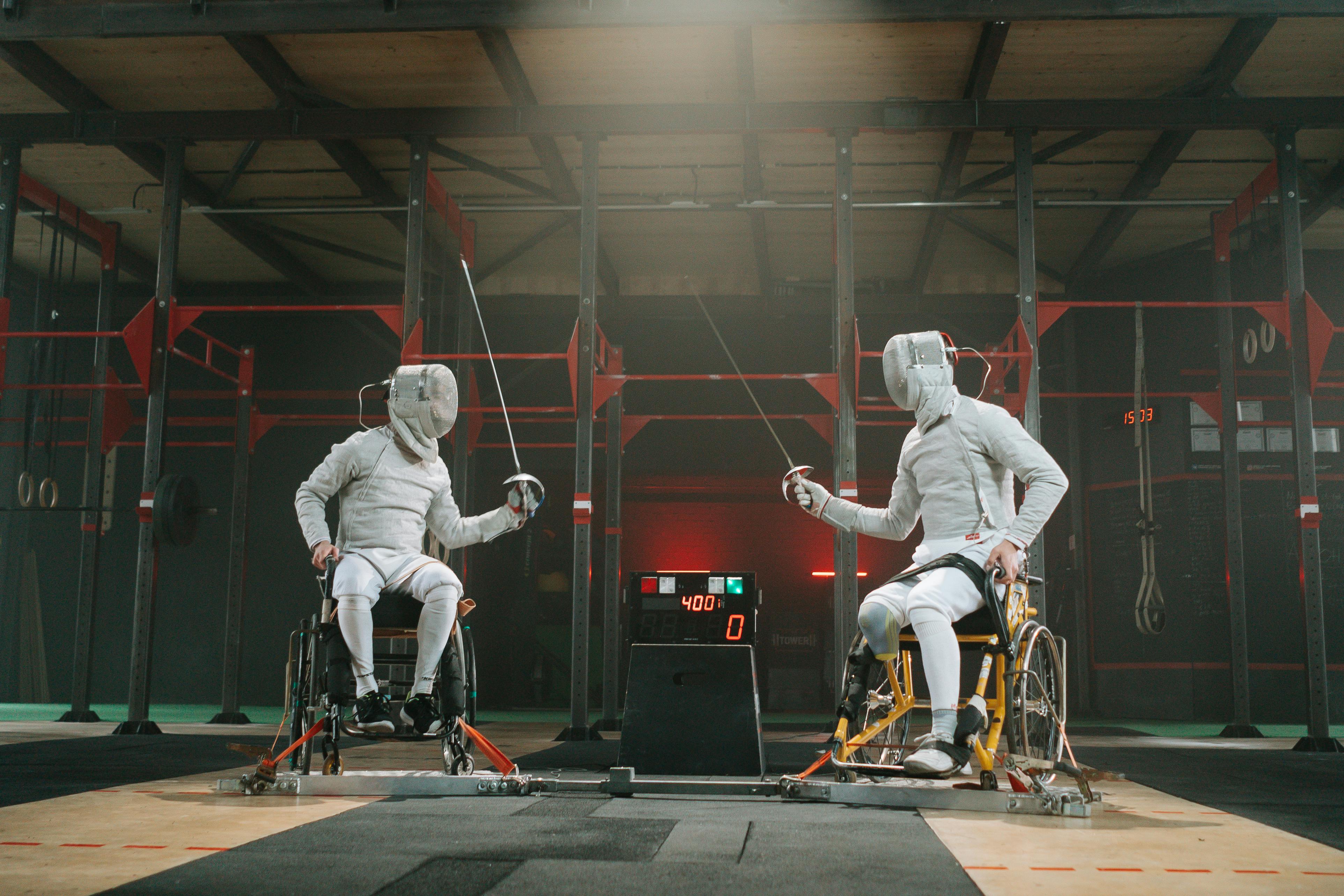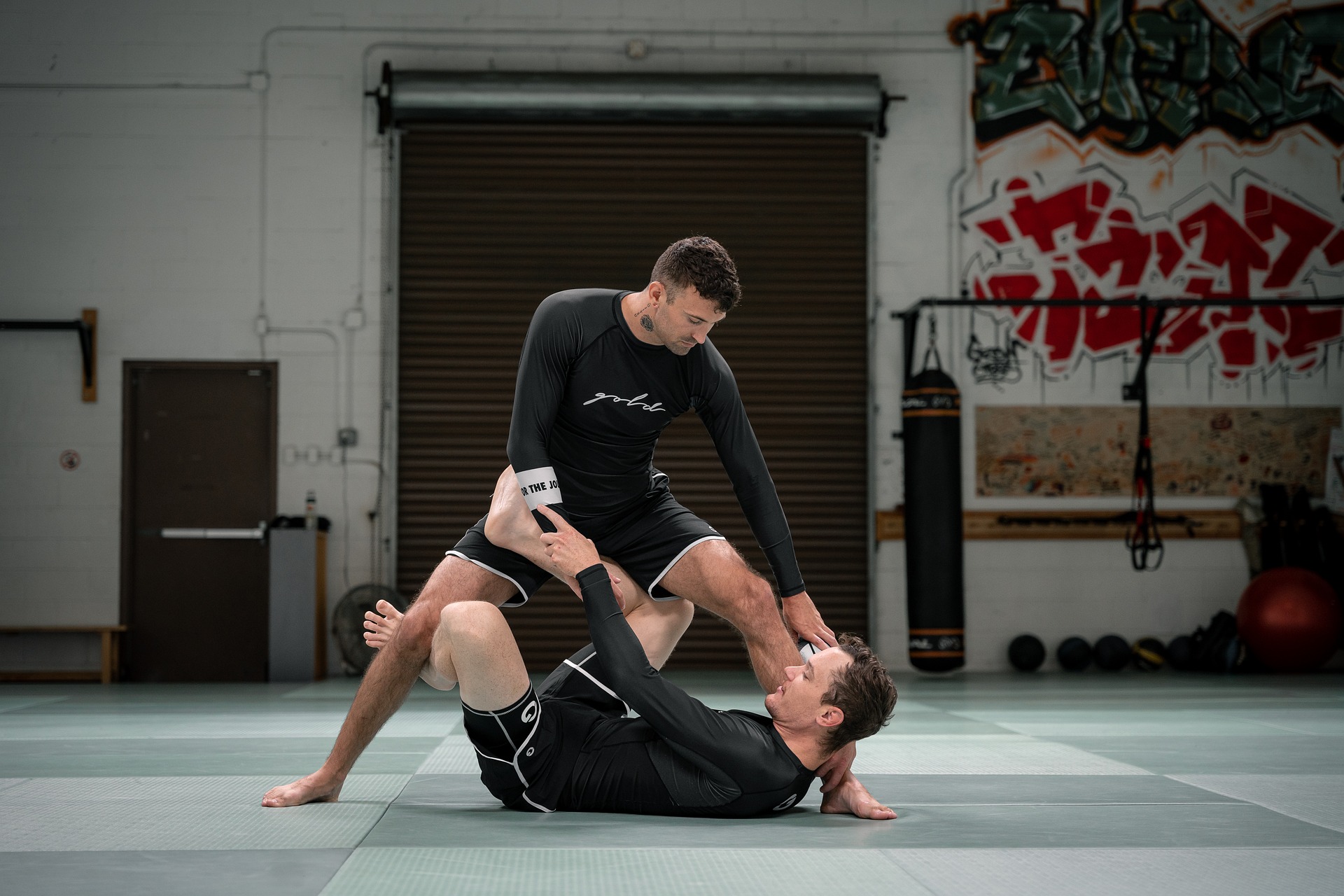Breaking Barriers: A Deep Dive Into the World of Para-Athletes
From its humble beginnings to its current status as a globally recognized sporting event, the Paralympic Games have come a long way. This article will delve into the world of para-athletes, focusing on their training methodologies, performance strategies, and the challenges they face.

Para-Athletics: An Origin Story
The history of para-athletics dates back to the aftermath of World War II when there was a significant increase in the number of people with disabilities due to the war. In response, Dr. Ludwig Guttmann, a German-born British neurologist, introduced sports as a form of rehabilitation for the injured veterans at the Stoke Mandeville Hospital in England. This laid the foundation for the first Stoke Mandeville Games in 1948, which eventually evolved into the Paralympic Games.
The Evolution of Training and Performance Strategies
Para-athletes require unique training methodologies and performance strategies to compete at their highest level. For example, wheelchair racers need to develop their upper body strength and endurance, while visually impaired athletes rely on enhanced spatial awareness and communication with their guides. Furthermore, sports science has played a pivotal role in improving the performance of para-athletes. Prosthetic technology, for instance, has advanced significantly, allowing amputee athletes to compete effectively.
The Challenges Faced by Para-Athletes
Despite their incredible feats of athleticism and determination, para-athletes face numerous challenges. Accessibility and inclusivity remain significant issues, with many sports facilities not equipped to accommodate athletes with disabilities. Additionally, there is often a lack of awareness and understanding about disability sports, leading to underrepresentation in media coverage and sponsorship opportunities.
The Benefits of Para-Sports
Beyond the physical benefits of increased strength, endurance, and coordination, para-sports have profound psychological benefits. They foster a sense of camaraderie, boost self-esteem, and provide a platform for athletes to challenge societal perceptions of disability.
The Future of Para-Sports
The future of para-sports looks promising. With increasing media attention and growing public interest, there is a greater push for inclusivity and equal opportunities. Furthermore, technological advancements continue to push the boundaries of what is possible, enabling para-athletes to achieve new heights.
In conclusion, para-athletics is much more than just a competition; it is a movement that challenges societal norms and celebrates the human spirit’s indomitable will. As we continue to break down barriers and champion inclusivity, we can look forward to a future where everyone, regardless of ability, has the opportunity to participate in sports.






